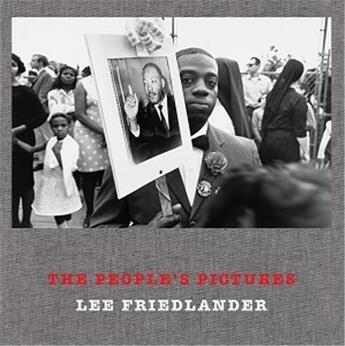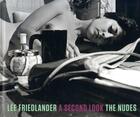-
Date de parution : 19/10/2021
-
Editeur :
Dap Artbook
-
EAN : 9780871300881
-
Série :
(-)
-
Support :
Papier
Résumé:
The saturation of our social landscape by photographs and photographers is apparent from any public point of view. Photography is arguably the most democratic of mediums, even more accessible today across culture and class than language. In some regards, this has been Lee Friedlanders most... Voir plus
The saturation of our social landscape by photographs and photographers is apparent from any public point of view. Photography is arguably the most democratic of mediums, even more accessible today across culture and class than language. In some regards, this has been Lee Friedlanders most enduring subjectthe way that average citizens interact with the world by making pictures of it, as well as how those pictures and the pictures constructed for advertising or political purposes define the public space.In Lee Friedlander: The Peoples Pictures we see photographs spanning six decades, most of the geographic United States and parts of Western Europe and Asia. These pictures are uniquely Friedlander photographs: as much about whats in front of the camera as they are about the photographers lifelong redefining of the medium. Like his exploration of words, letters and numbers in the social landscape, these photographs of photographys street presence seem inevitable to Friedlanders vast visual orchestration of what our society looks like. But make no mistake, Friedlanders photographs are not objective documents, they are intentional, authored, playful, intelligent creations made through his unprecedented collaboration with time and place.Lee Friedlander (born 1934) has published more than 50 monographs since 1969, and has exhibited extensively around the world for the past five decades, including a major retrospective at the Museum of Modern Art, New York, in 2005. Friedlander lives in New York.
Donner votre avis















